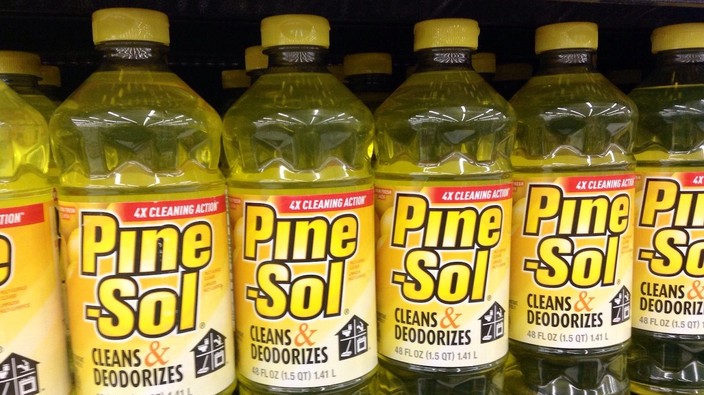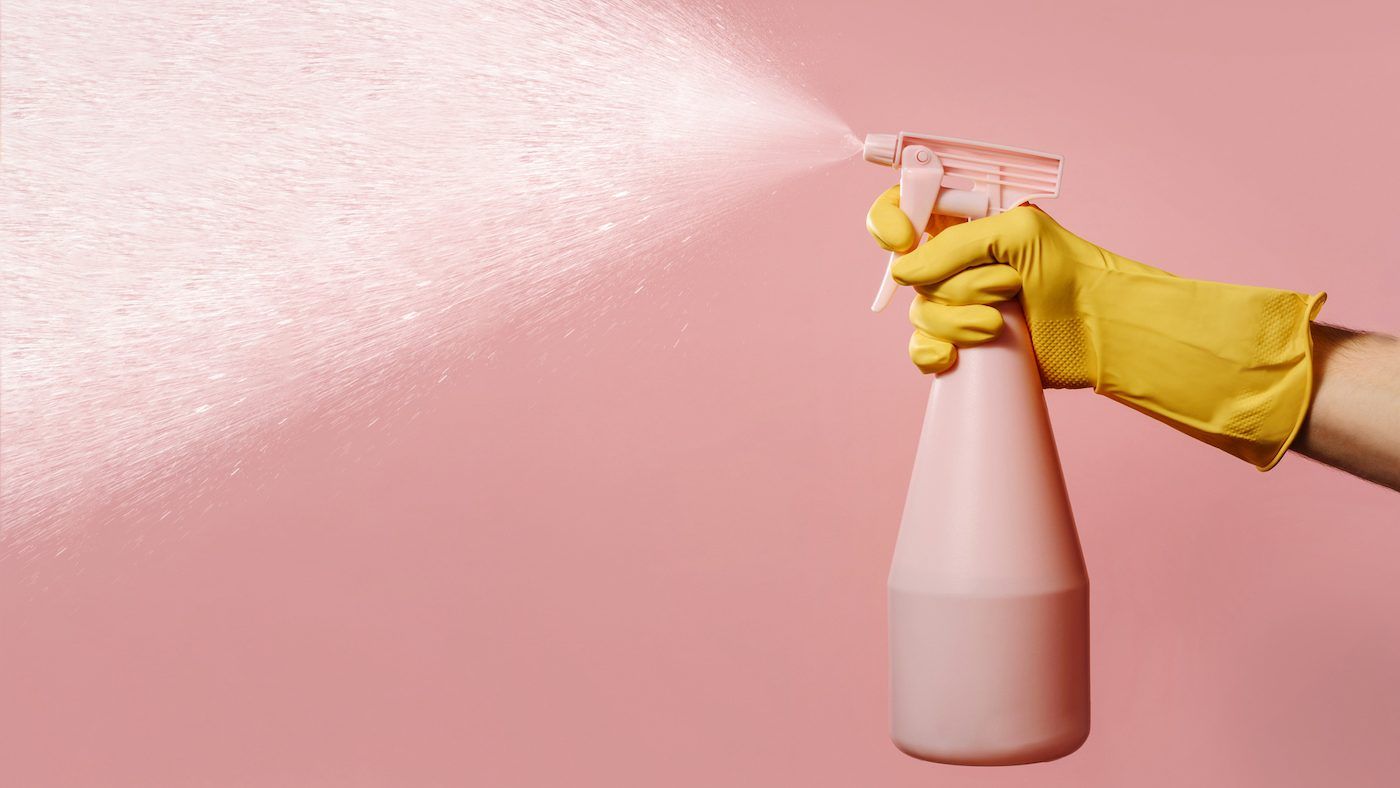testing has identified the bacteria pseudomonas aeruginosa in certain recalled products, which include those produced between january 2021 and september 2022. the company produced about 37 million recalled products during that period, the commission said.
what is pseudomonas aeruginosa?
the bacteria pseudomonas aeruginosa can cause infections in people – mostly in hospital patients – by infecting the lungs (causing pneumonia), the blood, or other body parts after surgery,
according to the u.s. centers for disease control and prevention (cdc).
clorox says about 7.6 million units of the recalled products were sold in canada between january 2021 and september 2022,
the canadian press reports
. there have been no reports of illness received by the company.
the commission specified the recall bottles have date codes beginning with the prefix a4, followed by a five-digit number lower than 2249. (date codes can be found on the bottle next to the barcode.)
one of the problems with infections caused by pseudomonas aeruginosa is that the bacteria are finding new ways to avoid the antibiotics used to destroy them. if they develop resistance to several antibiotics, these germs could become multi-drug resistant.
according to the cdc’s
antibiotic threats in the united states, 2019 report
, multidrug-resistant pseudomonas aeruginosa caused an approximate 32,600 infections among hospitalized patients and 2,700 estimated deaths. people considered most at risk are patients on breathing machines, those with wounds from surgery or burns, or people with devices such as catheters.
 4 minute read
4 minute read








